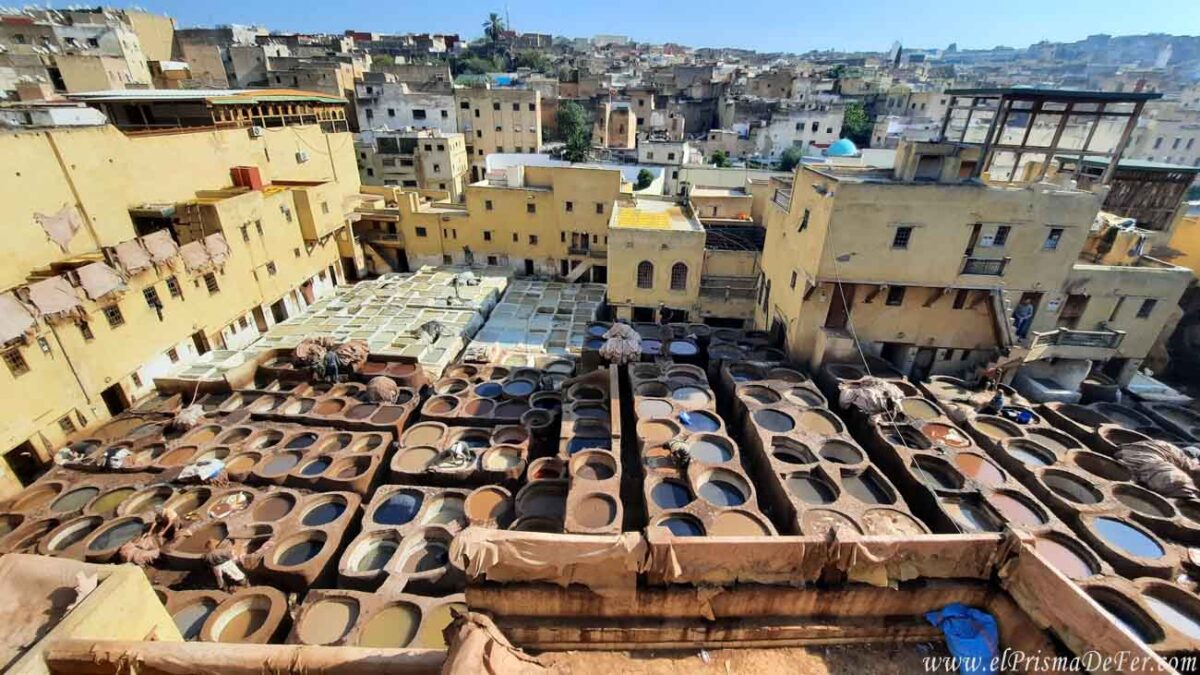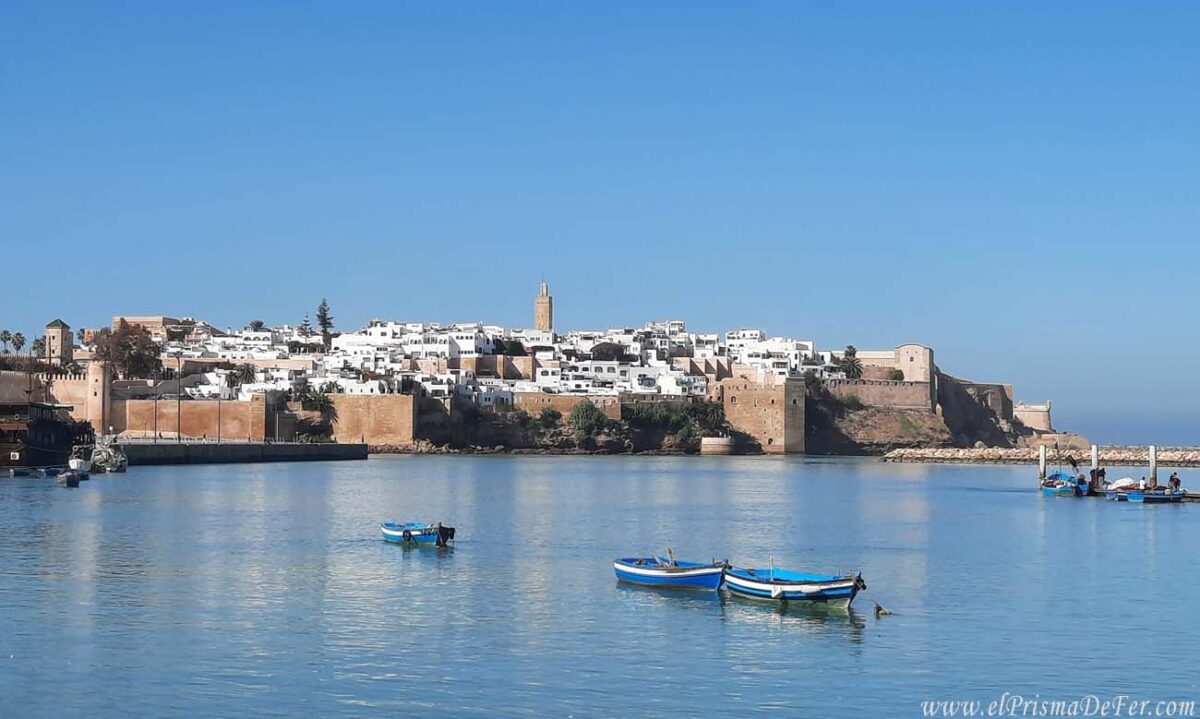From the moment I set foot in Morocco, I knew that exploring its main cities would be a truly unique experience, but I never imagined that, out of all of them, Marrakech would take the top spot on my list of favorites. It has a unique energy, the charming chaos of the medina, aromas more pleasant than those of Fez, open spaces between so many walls... Marrakech captivated me from the first day.
It can be chaotic and exhausting, yes, especially because of the motorbikes that zoom around the medina and can take you out if you're not careful, but it's also authentic and full of historic corners. Unlike other large Moroccan cities, I felt like everything was always happening in Marrakech: street musicians, merchants, travelers, and locals all coexist in the same setting. In this post, I want to tell you why it's worth experiencing and how to make the most of your visit.
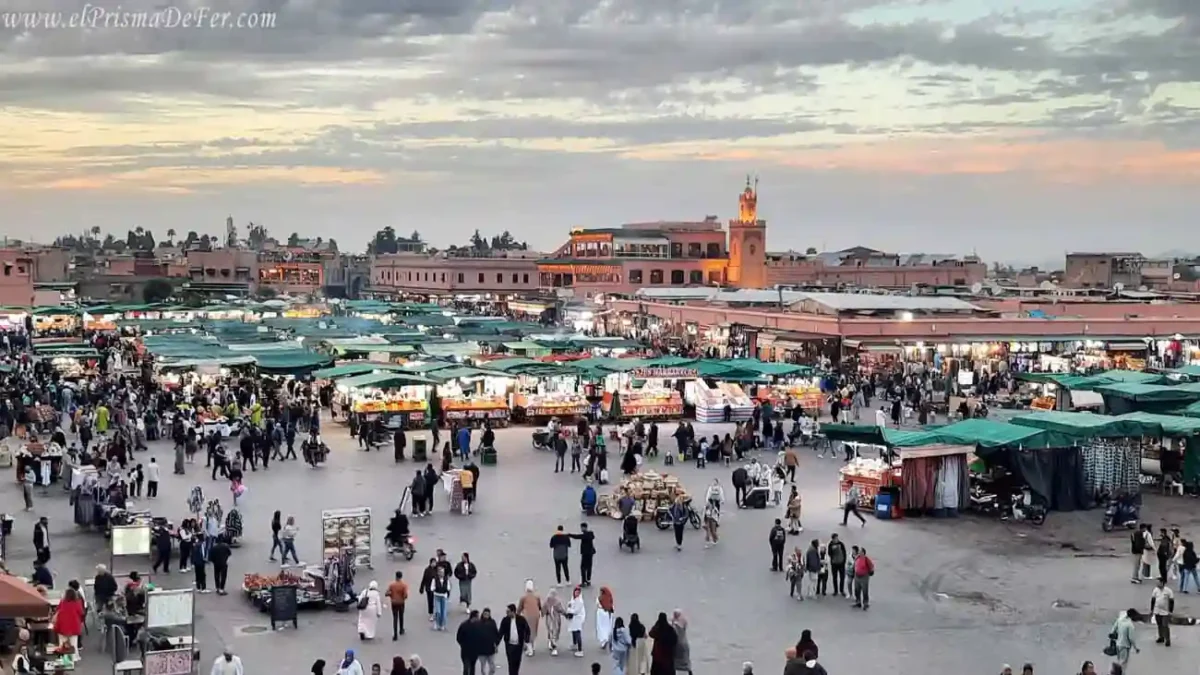

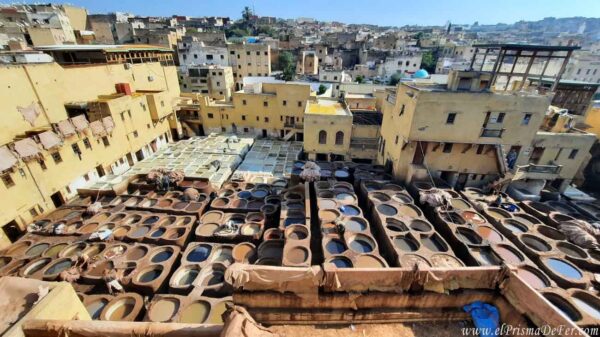
This post is part of the itinerary I put together for a 3- or 4-week tour of Morocco. If you'd like to see the full details, you can read the main article here.
Table of Contents
Historical context of Marrakech
Marrakech is one of the four imperial cities of Morocco, along with Fez, Meknes, and Rabat. This title comes from the fact that it was the capital of the kingdom at different times in history, when different dynasties ruled the country.
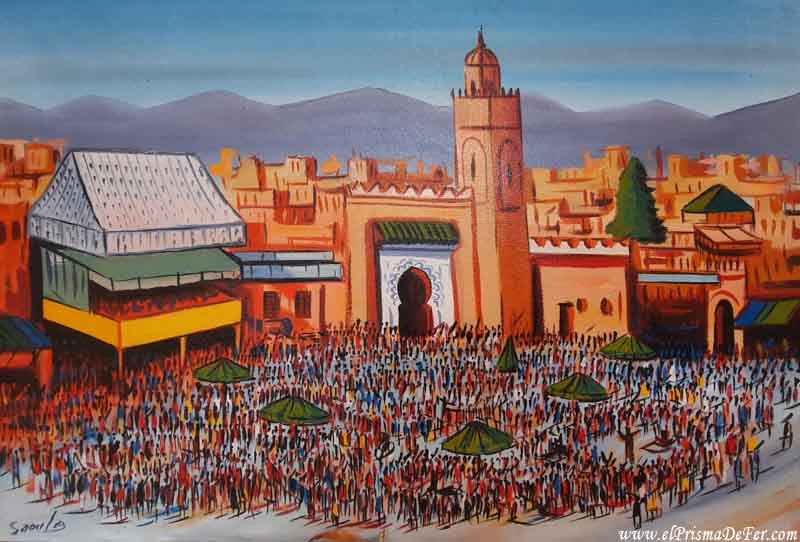
Founded in 1062 by the Almoravids, Marrakech quickly became a key political, economic, and cultural center of North Africa. In the following centuries, it was the seat of power under other dynasties such as the Almohads and Saadians, who embellished the city with palaces, mosques, and gardens.
That imperial past is still very much present in its reddish walls, its palaces, and its madrasas (Koranic schools). Marrakech was not only a strategic point but also a symbol of prestige for the sultans who ruled it.
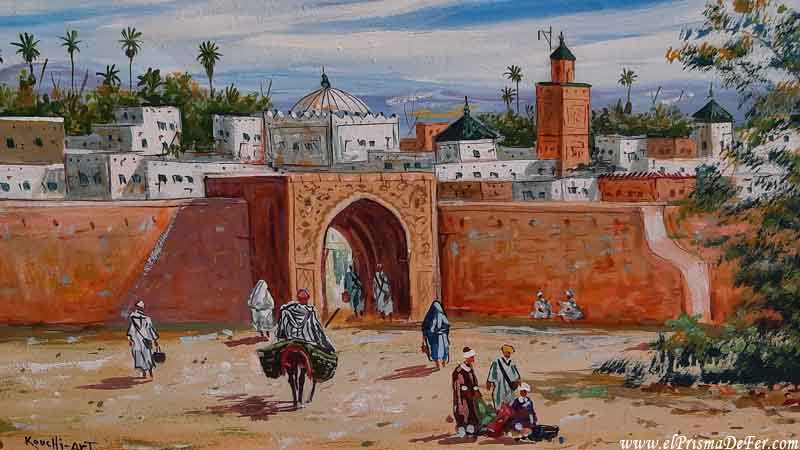
How to get to Marrakech
From the outside
Marrakech has a well-connected international airport, Menara Airport (RAK), which is served by direct flights from many European cities and other parts of Morocco.
From Fez, Casablanca, Rabat or Essaouira
You can reach Marrakech by train or bus from cities like Fez, Casablanca or Rabat. ONCF is the train company and the most reliable and comfortable tourist buses are CTM or Supratours.
From the desert and High Atlas
If you are arriving from the High Atlas or the desert such as Merzouga, Tinghir, Ouarzazate, the most acceptable option is on the CTM or Supratours buses.
From Merzouga it's a long journey, about 12-13 hours, but you'll most likely make a stop along the way, either in Tinghir or Ouarzazate.
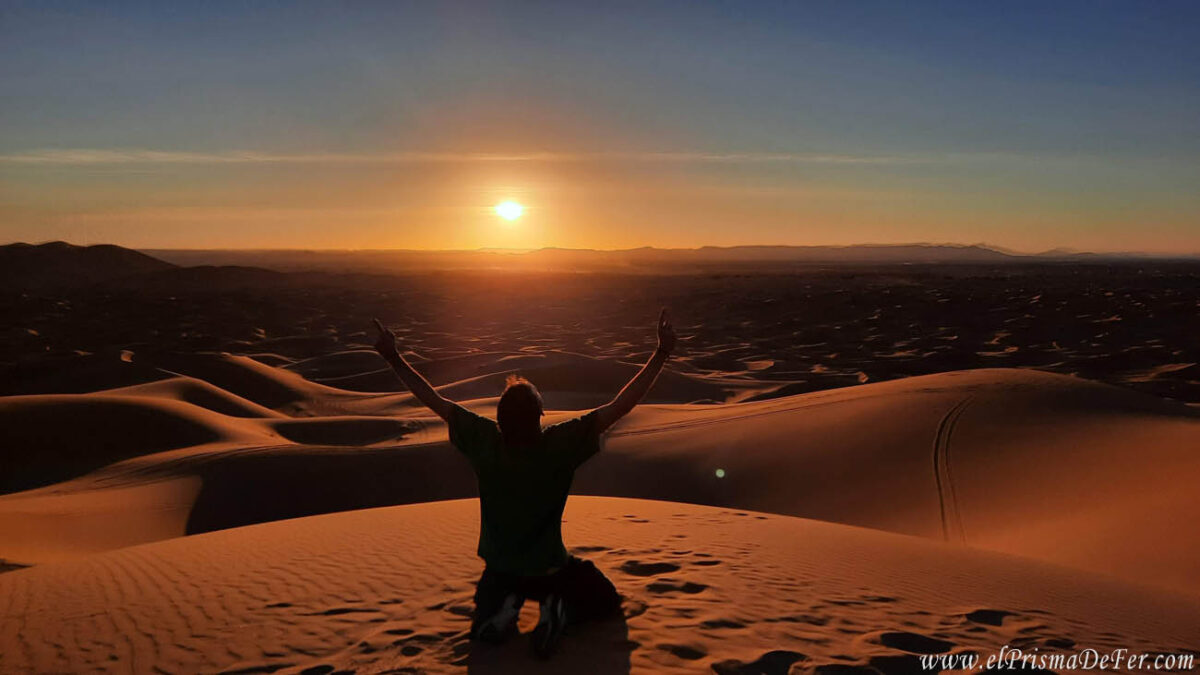
You can read all the entries I wrote about Merzouga, the door to the Sahara Desert, Tinghir, with its oasis of palm trees and the Todra Gorge, and Ouarzazate, base to visit the Ksar Ait Ben Haddou
How to get from Menara Airport (RAK) to the city center
- Public Bus (Line 11 or No. 19): This is the cheapest option, costing 4 dirhams. However, the stop is not located directly at the terminal, and the journey may be slower due to the multiple stops. It connects to Jemaa el-Fna Square.
- Taxi: You can take a taxi directly at the airport exit; it's advisable to agree on a price beforehand, as they don't always use meters.
- Private Transfer: You can book a private transfer in advance to pick you up at the airport.
How to get around Marrakech
Getting around Marrakech can seem challenging at first, but with a little patience and a sense of direction, it's quite manageable. The city is divided between the old part (the medina) and the new part (Gueliz and Hivernage), and each area has its own most convenient means of getting around.
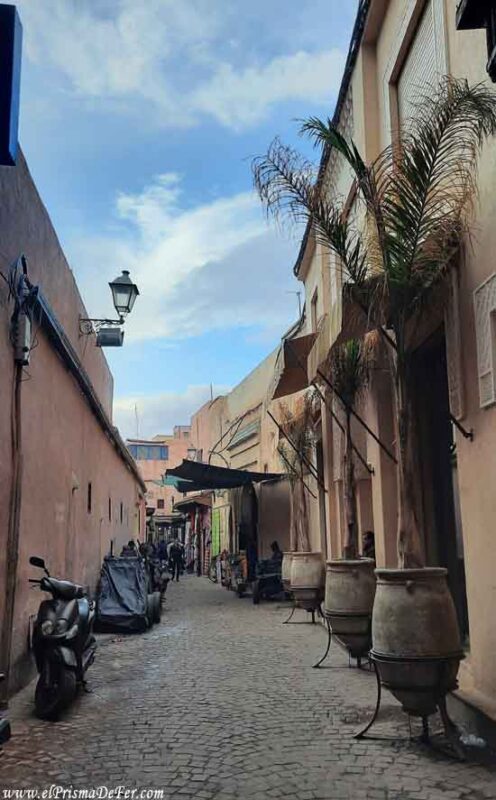
Within the medina, it's best to get around on foot. The streets are narrow, often labyrinthine, and teeming with life, so walking is the only way to reach most of the interesting corners. It's easy to get lost, but that's also part of the charm: every unexpected detour can reveal a surprise.
For longer distances or to travel from the medina to more remote areas such as the airport or train station, you can take a taxi. There are two types: petit taxis (usually beige, for trips within the city) and grand taxis (for longer distances or if you have luggage). It's important to agree on a price before getting in, as taxi meters aren't always used, or to ask for one if they have one.
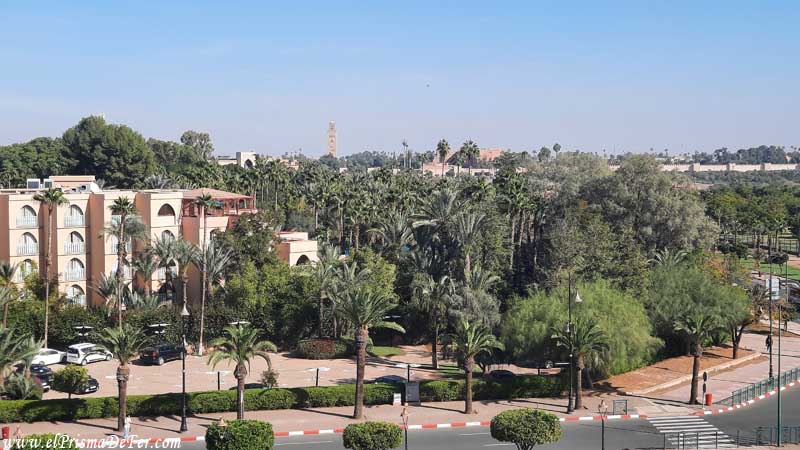
Another option is to use apps like Bolt or Careem, which work quite well in Marrakech and can help you avoid haggling. There are also city buses, although they tend to be slower and more confusing for first-time visitors.
Where to stay in Marrakech
Marrakech offers a wide variety of accommodations, from traditional riads in the heart of the medina to modern hotels in quieter neighborhoods.
- Medina: The most authentic. It allows you to be close to the main attractions, but it can be noisy and confusing to navigate. Ideal if you want to experience the chaos and magic of Marrakech.
- Gueliz: The modern part. Quieter, with Western cafes and restaurants. A good option if you're looking for comfort and less visual stimulation.
- Hivernage: Elegant and more expensive area, where luxury resorts and hotels are concentrated.
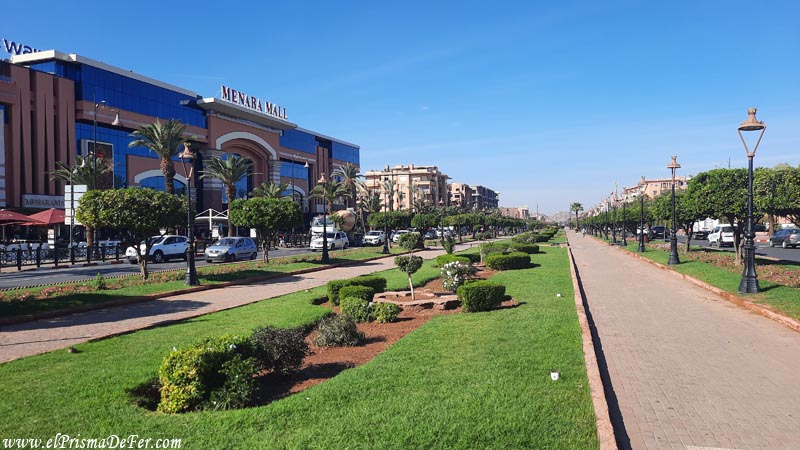
I stayed in two places to stay located inside the Medina of Marrakech. One was the Hostel Kech Vibe, which is located almost all the way through the Medina, and the other was the Riad Dia, which is located closer to Jemaa el-Fnaa square. Both are old buildings but very charming.
Personal Tip: Staying in a riad within the medina is an experience in itself. Many offer spectacular breakfasts, beautiful interior courtyards, and attentive service.
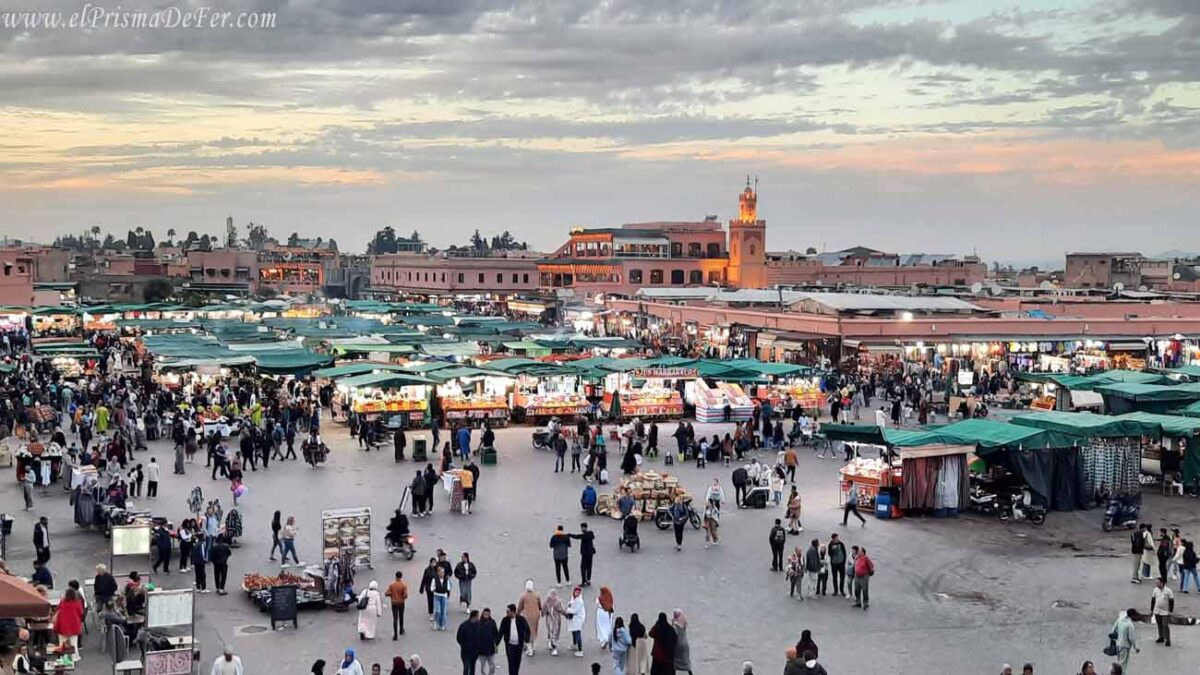
You can read the complete travel guide to Morocco. There you have all the information you need to plan your trip to this fantastic country.

Interesting facts about Marrakech
- The name Morocco comes from Marrakech: For centuries, this city was so important that European travelers used it to refer to the entire country. This is where the name "Morocco" comes from in English and other languages.
- The Medina is a World Heritage Site: UNESCO declared it as such in 1985 for its historical value and traditional architecture.
- Motorbikes are part of the landscape: Although it may seem chaotic, the motorbikes speeding through the alleys of the medina are part of everyday life. Being alert is key!
- The Majorelle Garden was once owned by Yves Saint Laurent: The famous French designer bought this botanical oasis in the 1980s and restored it. Today, his ashes are scattered there.
- Jemaa el-Fna Square is unique in the world: It is not only the heart of Marrakech, but also one of the most important living cultural spaces on the planet, with musicians, storytellers, and vendors walking around during the day and night.
- Marrakech has its own color: It is known as the “Red City” because of the color of its buildings, built with a mixture of clay and stone that gives it that characteristic pink hue.
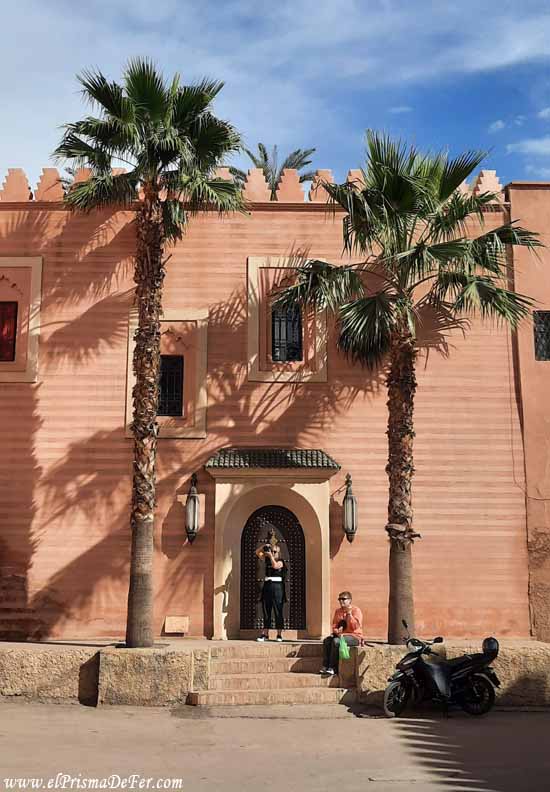
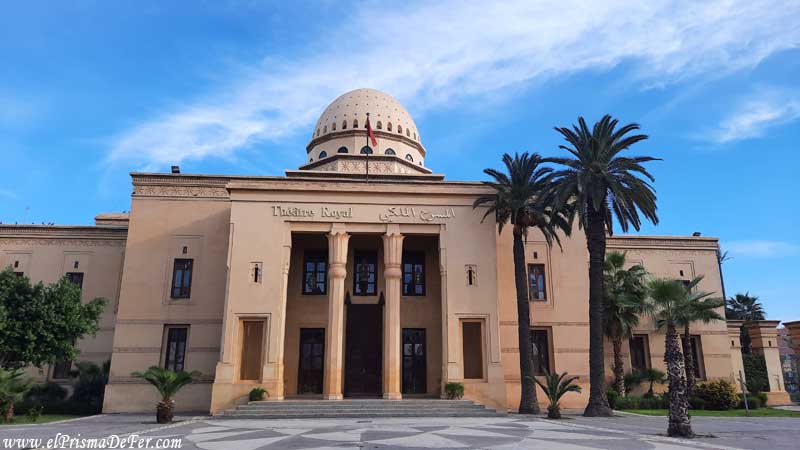
Map of Marrakech's highlights
What to see and do in Marrakech
Walking Tour
Taking a free walking tour in Marrakech is the best way to start getting to know the city. While it's not free, as it works based on tips, it helps you get your bearings quickly, you'll learn history and anecdotes from a local guide, and you'll also get to meet other travelers. You can book your free walking tour here.
Jemaa el-Fna Square: the beating heart of Marrakech
Jemaa el-Fna Square is, without a doubt, the soul of Marrakech. From the early hours of the morning, you can feel the effervescence of the place, with street vendors, fruit juice stands, and a multitude of characters that ensure the square never remains still. Among them, the snake charmers and men with chained monkeys, offering photos to tourists, stand out. Although this scene may seem picturesque at first, the truth is that it is a questionable practice: animals are used for entertainment in conditions that often border on abuse. I remember seeing the snake from afar as if it were drugged or in a trance. Ideally, we should not give them money or participate in these types of activities, so as not to continue promoting their existence, it seems obvious to say this today, but I saw several families, especially with children, who encouraged this kind of thing.
Opportunists also abound in the square. People who approach you with kindness but with the clear intention of taking you to a store, offering you products, or selling you a "favor" that they later collect. It's part of the game in many tourist spots, but in Jemaa el-Fnaa, it's particularly intense. It's best to be alert and walk with a certain determination, without showing too much interest, if you don't want to be persistently pursued.
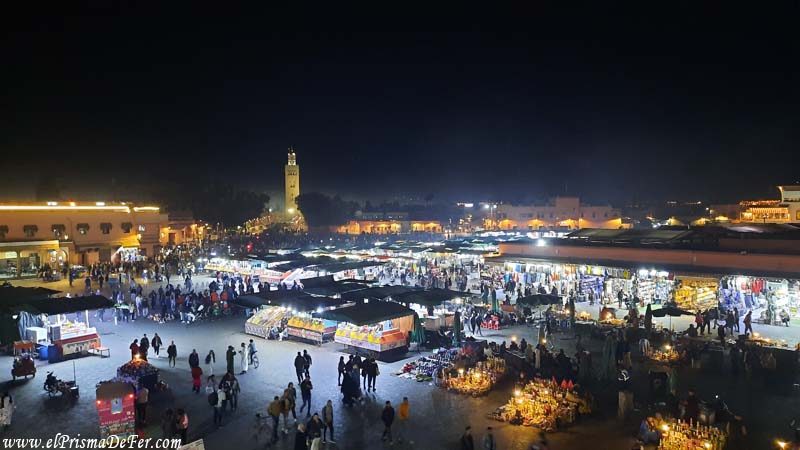
When the sun goes down, the square transforms. Street musicians, storytellers, and small groups surrounding improvised percussionists appear. The atmosphere is vibrant, full of rhythm, laughter, and local life. Of course, if they see you taking photos or recording videos, they're likely to approach you and ask for money, and not always with the best attitude. The spectacle is worth enjoying, but it's a good idea to have some change on hand, or, if you prefer to avoid friction, simply watch without taking out your camera.
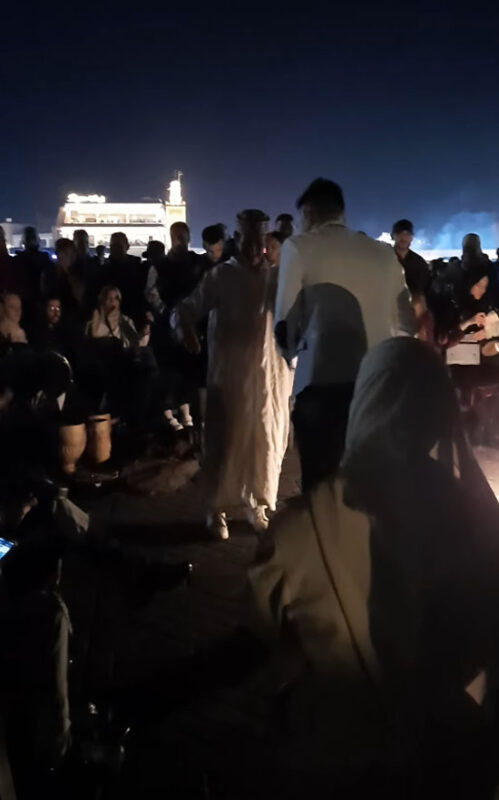
A great way to experience the atmosphere without being in the center of the chaos is to climb up to one of the many café terraces surrounding the square. From there, with a mint tea or coffee in hand, you can watch life unfold below, amidst the smoke of cooking, music, and an energy that only Marrakech can offer.
Koutoubia Minaret
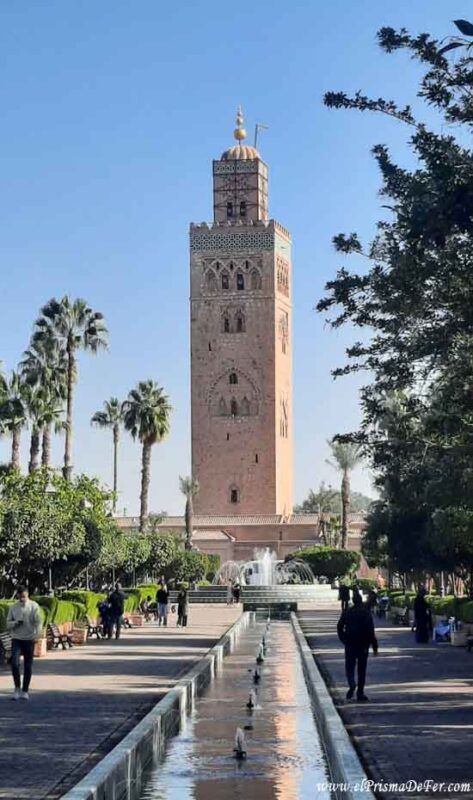
Visible from various points in the city, the Koutoubia minaret is the quintessential symbol of Marrakech. At 77 meters high, this tower, built in the 12th century, is the tallest in the city, and by law, no building in the medina can surpass it. It is a visual landmark that not only helps you find your way around, but also impresses with its elegance and proportions.
The mosque to which it belongs, although not open to non-Muslims, can be admired from the outside, along with its well-kept gardens and the serene surrounding air. The name "Koutoubia" comes from the booksellers who once surrounded the area, which adds an interesting historical and cultural touch.
Although you can't enter, it's worth stopping by during the day and also at sunset, when the minaret is bathed in golden light and stands out even more against the Marrakech sky.
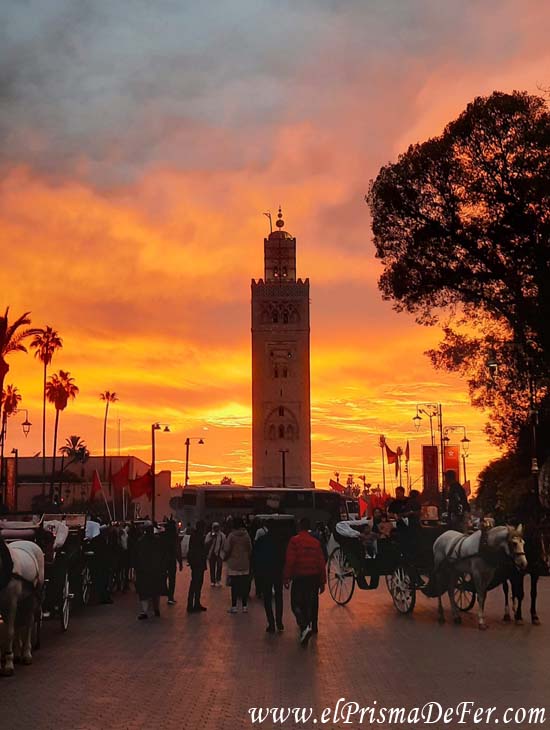
Getting lost (and finding yourself) in the souks of the medina
Exploring the souks of Marrakech is like immersing yourself in a sensory labyrinth where every alleyway has something to surprise you. The medina is full of small markets grouped by trade or product, an organization that dates back to ancient times and, despite the apparent chaos, is still in place.
One of the most popular areas is the Semmarine Souk, which starts very close to Jemaa el-Fna Square. It's a sort of main artery of the market, where fabrics, caftans, and tourist souvenirs abound. From there, you can explore narrower alleys where other specialized souks appear, such as the Dyers' Souk (Souk des Teinturiers), where you can still see woolen threads hanging from the balconies, dyed with natural pigments like indigo, saffron, or henna.
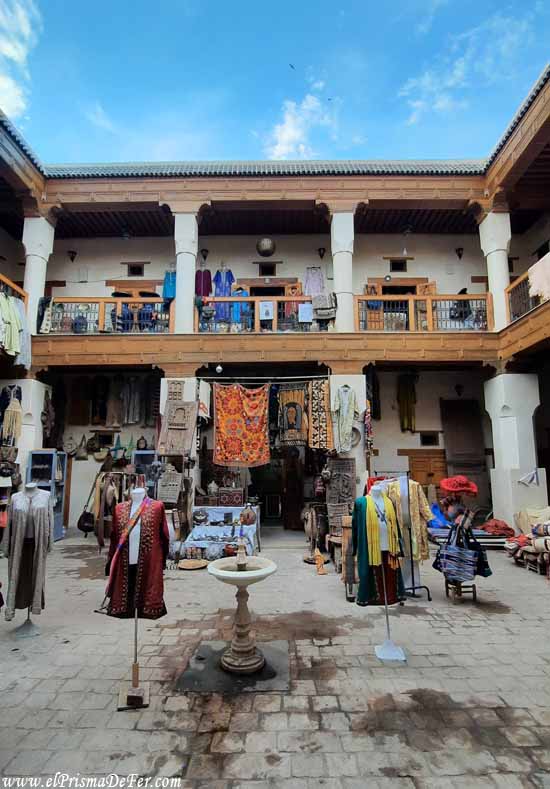
Also worth a visit is the Blacksmiths' Souk (Souk Haddadine), where the sound of hammers and the smell of burning metal remind you that artisans are still working the old-fashioned way. Or the Chouari Souk, which specializes in carved wood, is a great place to see the meticulous work of Moroccan cabinetmakers.
Every corner offers something different: openwork metal lamps, colorful ceramics, leather slippers, spices piled like small mountains, and that eternal scent of leather and cumin that seems to linger in the air at all times. Haggling is not only common but almost obligatory, and it's part of the game; however, it's best to enter with patience and a good sense of humor.
Wandering through the souks isn't just a shopping experience; it's also a way to understand daily life within the medina. And while it's easy to get lost in the aisles, part of the charm lies precisely in that: letting yourself be guided without a map, knowing that sooner or later you'll find yourself somewhere familiar again.
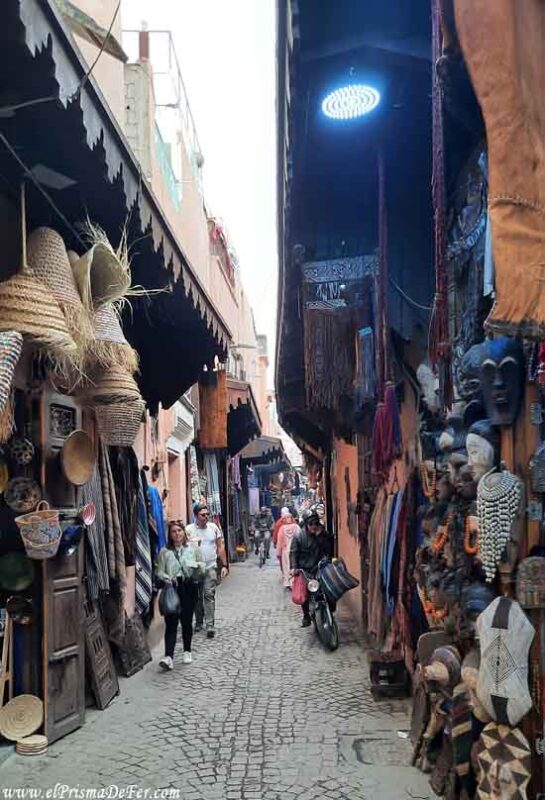
Majorelle Garden and Yves Saint Laurent Museum
The Majorelle Garden is a haven of peace amidst the bustle of Marrakech. Designed by French painter Jacques Majorelle in the 1920s and later acquired and restored by Yves Saint Laurent, this space uniquely combines nature, art, and color. Paths wind between cacti, palm trees, and giant bamboo, all framed by the vibrant cobalt blue that gives the place its identity. It's an aesthetic oasis, perfect for a peaceful stroll or a photogenic break.
Right next door is the Yves Saint Laurent Museum, dedicated to the life and work of the iconic French designer. The collection includes sketches, dresses, and temporary exhibitions that explore the intersection of fashion, art, and Moroccan culture. Whether you're interested in fashion or design, this museum is a gem that won't disappoint.
To find out the cost of tickets and purchase them online, you can visit the official site.
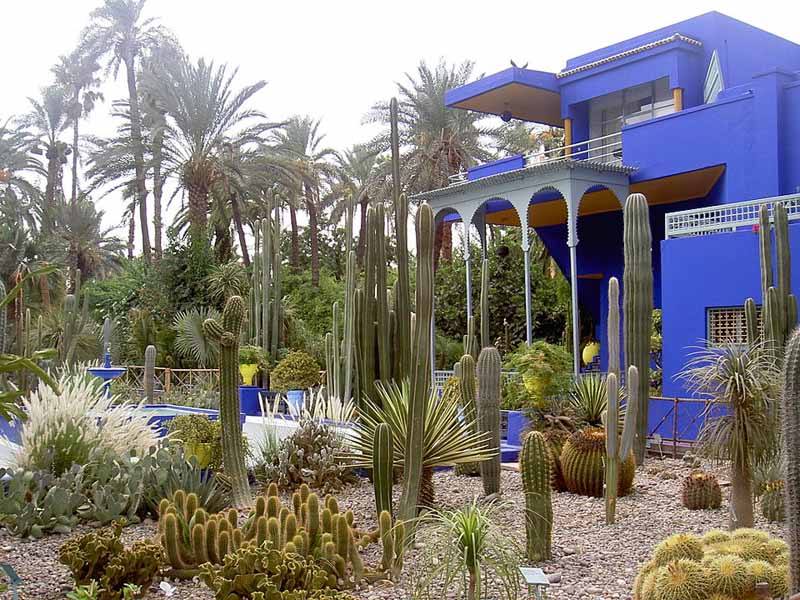
Bahia Palace
The Bahia Palace is one of the finest examples of traditional Moroccan architecture. The complex was built in the late 19th century for a vizier to the sultan. It's a network of courtyards, gardens, and halls decorated with mosaics, carved wood, and hand-painted ceilings. Although the palace is partly empty, walking through its spaces is like stepping into a tale from The Arabian Nights.
To find out how much it costs to enter and buy tickets, you can do so from the official site.
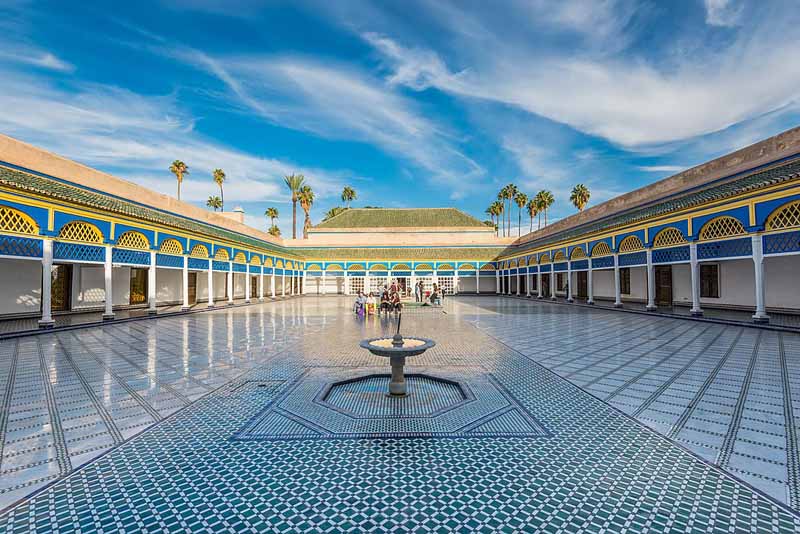
Madraza Ben Youssef
The Ben Youssef Madrasa was for centuries one of the most important Koranic schools in North Africa. Today, it is no longer used for religious purposes, but it remains a fascinating place for lovers of Islamic art and history. Its central courtyard, with white marble, zellij mosaics, and carved plasterwork, is a highlight. It has a second floor where you can see the small cells where the students lived, which contrast sharply with the decorative richness of the complex.
To find out the entrance fee you can visit the official site of the Madrasa.
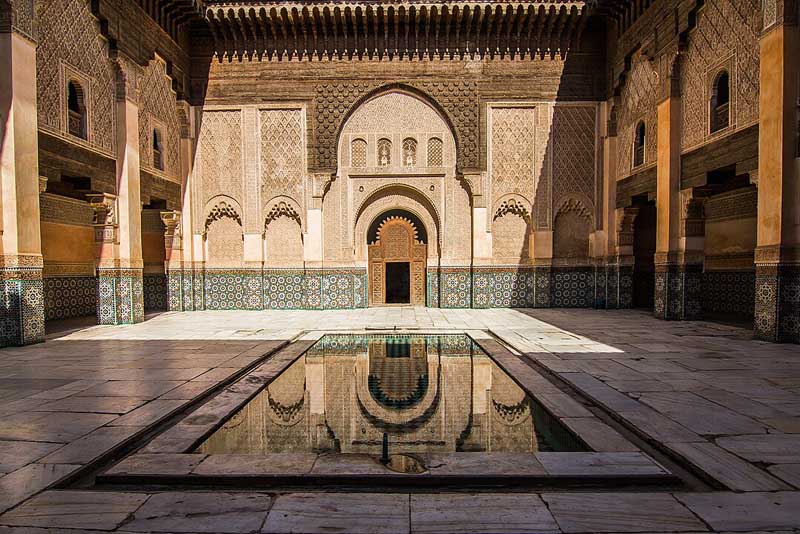
Saadíes Tombs
Discovered only at the beginning of the 20th century after being hidden for centuries, the Saadian Tombs are a place steeped in history. Members of the Saadian dynasty, which ruled Morocco in the 16th century, are buried here. The main mausoleum, decorated with Carrara marble and cedar ceilings, is a masterpiece of Moorish art. The visit is usually short and the place can be somewhat crowded, but it's worth experiencing this testament to the splendor of bygone eras.
To buy tickets online, you can visit the official site of the Saadian Tombs.
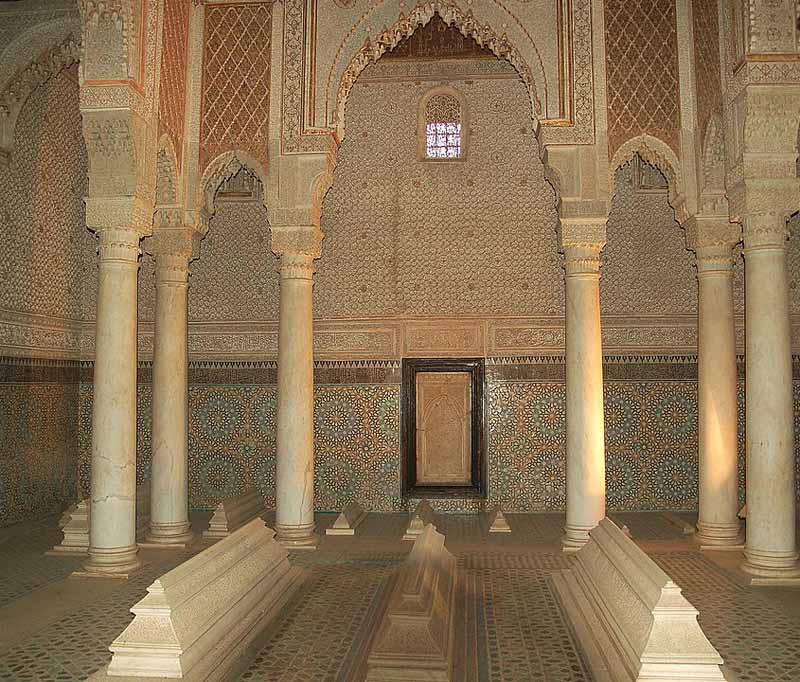
Menara Gardens
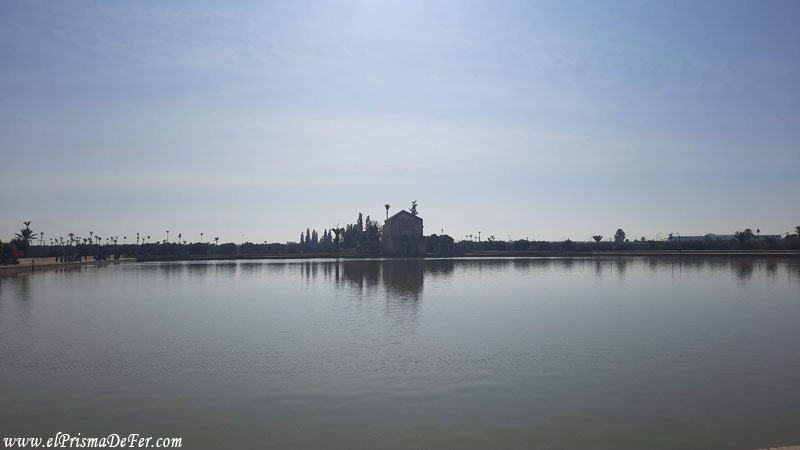
Unlike the Majorelle Gardens, the Menara Gardens aren't known for their ornamental appeal, but rather for their tranquility and views. It's a vast public olive grove with a large central pond in front of a 19th-century pavilion. On clear days, the Atlas Mountains can be seen as a backdrop, creating a memorable postcard. It's a popular spot for locals to walk or picnic, and while there isn't much to see in terms of tourism, it can be a nice getaway if you're looking for a quiet moment outside the city center.
Ideal to visit at sunset, when the low light gives everything a golden hue.
Access to the garden is free ;).
Traditional hammams
You can experience a Moroccan bath, from very local options to more touristy versions with spa services. A great way to relax after exploring the city.
Organized activities in Marrakech
The tours I recommend in this section contain affiliate links. This means that if you book through them, I receive a small commission at no extra cost to you. It's a way to support my work and help me keep this space alive, filled with stories and travel advice. Thanks for joining me along the way ;)!

Where to eat in Marrakech
- Street food in Jemaa el-Fnaa: Tagines, kebabs, harira soups, and more. Some stalls are better than others; see where the locals eat.
- Cafés with terraces: such as the Café de France or the Café Zeitoun, ideal for observing the action from above.
- Traditional restaurants: such as Nomad or Le Jardin, which combine good food with charming spaces.
- Local Markets: Try the olives, flatbread, dates, and Moroccan sweets sold in the souks.
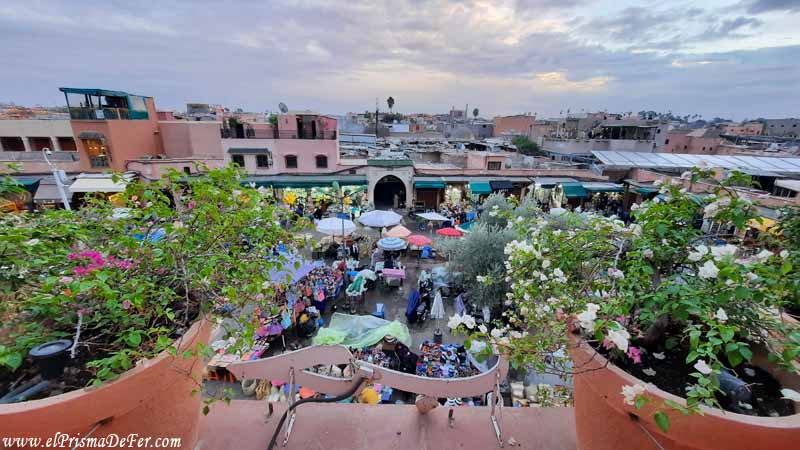
Is Marrakech safe?
Yes, generally speaking, Marrakech is a safe city for travelers. Most visits are trouble-free. However, as with any popular tourist destination, be aware of common scams: fake guides, inflated prices, or unexpected charges for photos. The medina can be a bit chaotic, especially for those unused to the pace of North Africa, but common sense and a calm attitude go a long way. I felt safer in Marrakech compared to Fez, for example.
Tip: If you get lost, it's better to ask at a store or established location instead of following someone who "kindly" offers directions.
Practical tips for visiting Marrakech
- Always haggle: In the souks, the first price is never the final price. Treat it as part of the game.
- Avoid motorcycles: They travel at high speeds inside the medina. Walk carefully, especially in narrow alleys.
- Bring cash: Many places don't accept cards.
- Offline map and location enabled: Apps like Maps.me or Google Maps (with offline download) are very useful to avoid getting lost.
- Dress respectfully: Especially if you're a woman. You don't need to cover up completely, but you should avoid tight or short clothing.
How many days to stay in Marrakech?
La duración ideal para disfrutar Marrakech a buen ritmo es de 3 días completos. Con menos tiempo, puede resultar un poco abrumador y vas a correr el riesgo de solo rascar la superficie de lo que la ciudad ofrece. En tres días podés recorrer con calma la medina, visitar los principales monumentos, probar la gastronomía local, perderte en los zocos y hasta dedicar un rato al descanso en algún jardín o hammam tradicional. Si contás con más tiempo, un día extra se puede usar para una excursión cercana como el Valle de Ourika, el desierto de Agafay, Essaouria o el pueblo de Imlil en el Atlas.
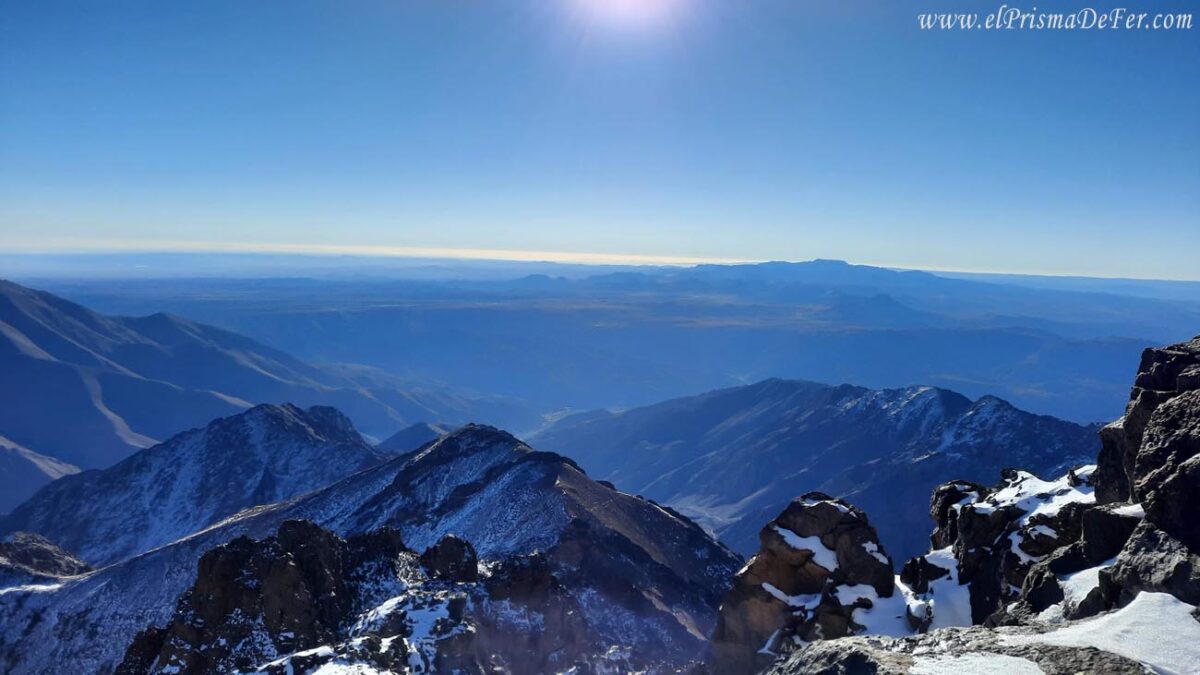
Two hours from Marrakech, you will find Imlil, a village in the Atlas, ideal for hiking in the surrounding area or climbing Mount Toubkal (4167m) on a two-day trek.
Suggested 3-day itinerary in Marrakech
1st Day: First contact with the city
- Arrival, check-in, and first walks through the medina.
- Visit to Jemaa el-Fna Square (especially at sunset).
- Dinner on a terrace overlooking the square.
- Nighttime exploration of the souks and street stalls.
2nd Day: Monuments and culture
- Bahia Palace and Saadian Tombs in the morning.
- Lunch in a traditional restaurant.
- In the afternoon: visit to the El Badi Palace and walk through the Jewish quarter (Mellah).
- Relaxation in a traditional hammam.
3rd Day: Contrasts and relaxation
- Majorelle Gardens and Yves Saint Laurent Museum early in the morning.
- Walk through the Gueliz area (the modern part of Marrakech).
- Last stroll through the medina for shopping or further exploring the alleyways.
- Farewell dinner in a riad or restaurant with a traditional show.
Final reflection on the visit to Marrakech
Of all the major cities I visited in Morocco, Marrakech was undoubtedly my favorite. It has a very special combination of traditional and modern: from its squares tucked away in alleyways, to the wide avenues lined with palm trees that give it an almost tropical feel, to the incredible energy of the medina and, especially, the Jamaa el Fna Square, where everything seems to always be in motion.
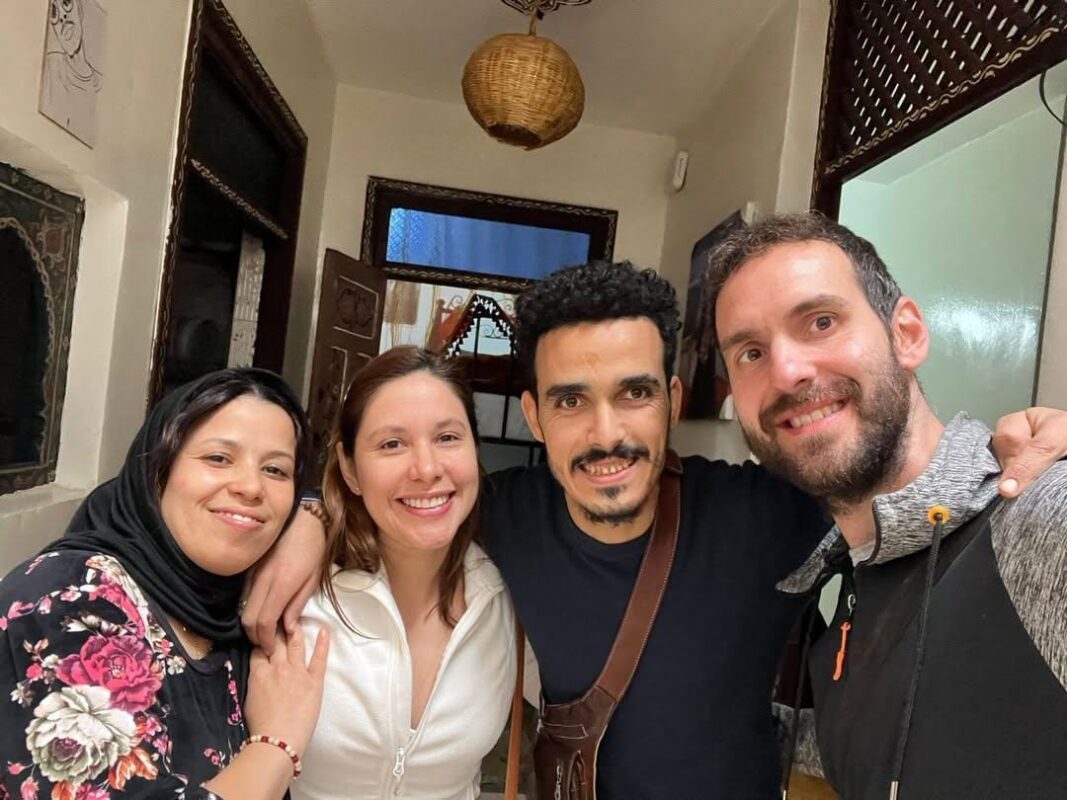
Unlike Fez, which at times can feel denser, chaotic, and even suffocating due to its narrow corridors and the strong smell emanating from some corners, like the tanneries, Marrakech seemed friendlier and more balanced. It has that characteristic Moroccan chaos, but remains vibrant and welcoming. A place that invites you to stay longer than planned, simply enjoying watching life go by.
Video of Marrakech
Support The Prism of Fer!
Your support helps me continue creating free content on the blog. Thank you so much!



